Unveiling the Mystique of Sapphire: Exploring the Origins, Properties, and Symbolism

Sapphire, known for its mesmerizing beauty and vibrant hues, has captivated the hearts of gemstone enthusiasts and jewelry lovers for centuries. As a gemstone that symbolizes wisdom, royalty, and divine favor, sapphire holds a special place in both history and popular culture. Join me on an exploration of this mystical gemstone as we delve into its origins, properties, symbolism, and more.
The Origins and History of Sapphire
The allure of sapphire dates back to ancient times, with its origins rooted in various parts of the world. The name “sapphire” is derived from the Latin word “sapphirus,” which itself has roots in the Greek word “sappheiros.” This gemstone has been treasured and revered in civilizations such as Ancient Greece, Rome, and Egypt.
One of the most famous historical sources of sapphire is the Kashmir region in India. Renowned for its intense and velvety blue sapphires, Kashmir sapphires are highly valued and sought after by collectors. Other notable sources of sapphire include Sri Lanka, Myanmar, and Madagascar, each offering unique variations in color and clarity.
Properties and Characteristics of Sapphire
Sapphire belongs to the corundum mineral family, which also includes rubies. Its chemical composition consists of aluminum oxide with trace amounts of other elements, such as iron and titanium. What sets sapphire apart is its remarkable hardness, scoring 9 on the Mohs scale. This exceptional hardness makes sapphire one of the most durable gemstones, ensuring its longevity and resistance to scratches.
Sapphire’s vivid colors are a result of the presence of different minerals and trace elements during its formation. While blue is the most well-known color for sapphire, this gemstone can also be found in mesmerizing shades of yellow, pink, orange, green, and even colorless. The color intensity and hue of sapphire are influenced by factors such as the presence of iron, titanium, and chromium.
Different Types of Sapphire
Sapphire’s versatility extends beyond its color spectrum. There are several distinct types of sapphires, each with its own unique characteristics and allure. Let’s explore some of the most notable ones:
- Blue Sapphire: The quintessential sapphire, known for its captivating deep blue hue. Blue sapphires are associated with royalty and evoke a sense of elegance and sophistication.
- Yellow Sapphire: Radiating warmth and positivity, yellow sapphires are cherished for their vibrant and cheerful yellow tones. They are believed to bring abundance and prosperity to the wearer.
- Pink Sapphire: Exuding femininity and grace, pink sapphires are highly prized for their delicate and romantic hues. They symbolize love, compassion, and emotional healing.
- Padparadscha Sapphire: This rare and exquisite sapphire showcases a unique blend of pink and orange tones, reminiscent of a tropical sunset. Padparadscha sapphires are considered symbols of beauty and allure.

Blue Sapphire gemstone
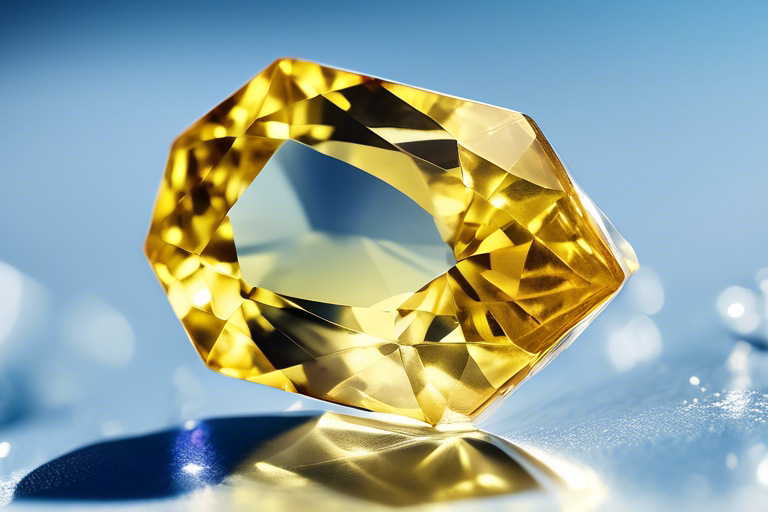
Yellow Sapphire gemstone
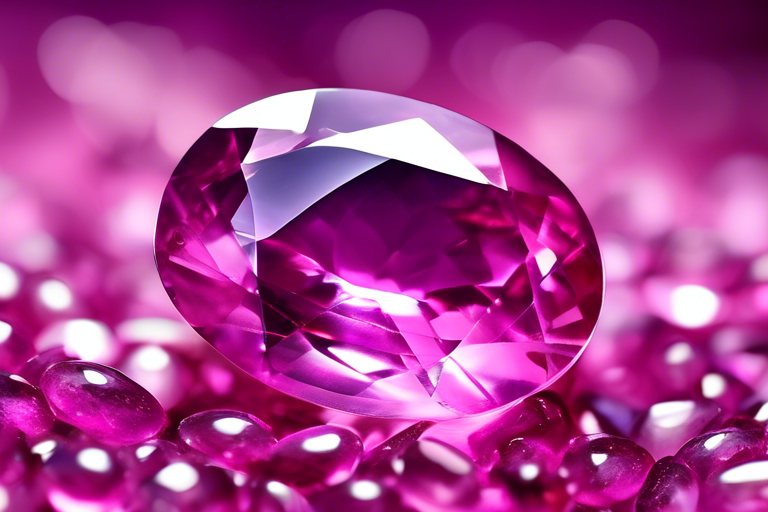
Pink Sapphire
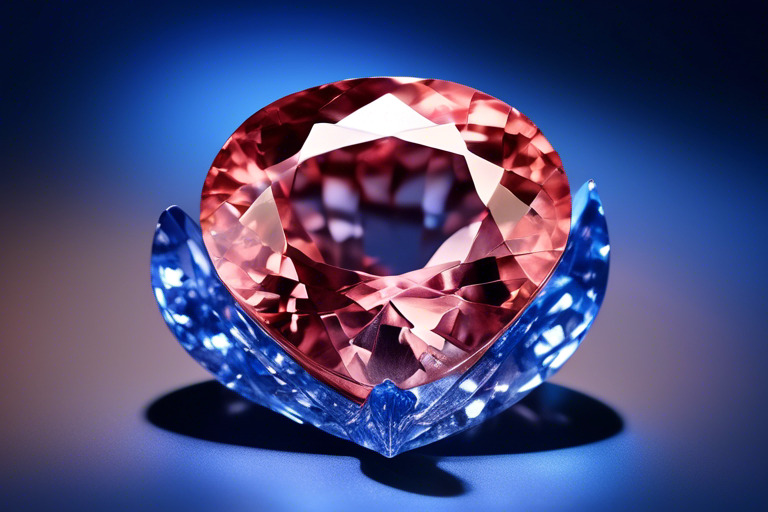
Padparadscha Sapphire
Symbolism and Meanings of Sapphire
Throughout history, sapphire has been associated with numerous symbolic meanings and beliefs. In many cultures, sapphire is considered a stone of wisdom and enlightenment. It is believed to enhance mental clarity, intuition, and spiritual growth. Sapphire is also associated with loyalty and fidelity, making it a popular choice for engagement rings and anniversary gifts.
In astrology, sapphire is often linked to the planet Saturn, symbolizing discipline, patience, and wisdom. It is believed to bring balance and stability to one’s life, helping individuals overcome challenges and achieve their goals. Sapphire is also associated with the zodiac signs of Taurus, Virgo, and Libra, enhancing their inherent qualities and bringing forth positive energies.
Famous Sapphire Jewelry and Gemstones
Sapphire has adorned the jewelry collections of nobility and celebrities throughout history. One of the most iconic sapphire jewelry pieces is the engagement ring worn by the late Princess Diana, now passed down to her daughter-in-law, Duchess of Cambridge, Kate Middleton. This stunning ring features a large oval blue sapphire surrounded by diamonds, symbolizing eternal love and royalty.
Another renowned sapphire gemstone is the Star of India, housed in the American Museum of Natural History. This colossal star sapphire weighs an astonishing 563.35 carats and exhibits a unique star-shaped phenomenon known as asterism. It is considered one of the largest and finest star sapphires in the world.
Tips for Buying and Caring for Sapphire
When purchasing a sapphire, there are several factors to consider to ensure you select a high-quality gemstone. First and foremost, pay attention to the color intensity and uniformity. Look for sapphires with vibrant and even color distribution. Clarity is also important, with fewer visible inclusions signifying a higher quality stone.
To care for your sapphire jewelry, it is essential to handle it with care. Avoid exposing your sapphire to harsh chemicals or extreme temperatures, as it may cause damage. Regular cleaning with a soft cloth and mild soap solution will help maintain its brilliance. Consider storing your sapphire jewelry in a separate compartment or a soft pouch to prevent scratches.
Sapphire in Pop Culture and Literature
Sapphire’s timeless beauty has made it a beloved gemstone in popular culture and literature. From movies to novels, sapphire often symbolizes power, mystery, and allure. One notable example is the iconic blue sapphire necklace in the film “Titanic,” which held an air of mystique and played a significant role in the storyline.
In literature, sapphire is often used as a metaphor for wisdom and inner strength. Its deep blue color and ethereal qualities make it a perfect symbol for characters who possess immense knowledge and resilience. Whether it is the enigmatic sapphire-eyed character in a mystery novel or the precious gemstone hidden in a secret treasure chest, sapphire adds an element of intrigue to the narrative.
The Healing and Spiritual Properties of Sapphire
Beyond its aesthetic appeal, sapphire is believed to possess various healing and spiritual properties. It is said to facilitate self-expression, enhance communication skills, and promote mental clarity. Sapphire is also associated with the throat chakra, aiding in effective communication and self-expression.
In the realm of spirituality, sapphire is considered a stone of spiritual enlightenment and higher consciousness. It is believed to open the mind to higher realms of wisdom and connect the wearer with their spiritual guides. Sapphire is often used during meditation and spiritual practices to deepen one’s spiritual connection and gain insights into the self.
Frequently Asked Questions (FAQs)
1. What is the origin of sapphires?
Sapphires are typically found in countries such as Sri Lanka, Myanmar, Madagascar, Australia, and Thailand. They are also mined in parts of Africa, including Tanzania and Kenya. In the United States, Montana and the region around the Great Lakes have been known to yield sapphires.
2. What are the properties of sapphires?
Sapphires belong to the corundum family of minerals and are composed of aluminum oxide. They are considered one of the hardest natural substances, scoring a 9 on the Mohs scale of mineral hardness. Sapphires are known for their intense blue color, but they can also be found in various other colors such as pink, yellow, green, and orange.
3. What is the symbolism associated with sapphires?
Sapphires have been associated with wisdom, royalty, and divine favor for centuries. In various cultures, sapphires are believed to symbolize sincerity, truth, loyalty, and faithfulness. They are often seen as a symbol of nobility and are believed to bring protection, good fortune, and spiritual insight to the wearer.
4. Are there any famous sapphires with historical significance?
One of the most famous sapphires is the Star of India, a 563-carat sapphire that is one of the largest of its kind. It is currently housed in the American Museum of Natural History. Another notable sapphire is the Logan Sapphire, a 422.99-carat stone that is part of the Smithsonian’s National Gem Collection.
5. What are the different types of sapphires?
Sapphires are categorized based on their color. The most well-known type is blue sapphire, but there are also pink sapphires, yellow sapphires, green sapphires (often referred to as “green sapphire”), and the rare and highly prized padparadscha sapphire, which exhibits a unique pink-orange color.
6. What is the process for evaluating the quality of a sapphire?
The quality of a sapphire is assessed based on factors such as color, clarity, cut, and carat weight. The most valued sapphires have a vivid, intense color with good clarity and a well-proportioned cut that maximizes the stone’s brilliance.
7. Can sapphires be treated to enhance their color or clarity?
Yes, sapphires are commonly treated to improve their color and clarity. Heat treatment is the most common method, where the sapphire is heated to high temperatures to enhance its color and clarity. This practice is widely accepted in the industry and does not detract from the value of the stone.
8. What is the significance of sapphires in jewelry?
Sapphires are highly prized in the jewelry industry, especially as center stones in engagement rings and other fine jewelry pieces. Their durability and brilliance make them a popular choice for both traditional and contemporary jewelry designs.
9. Are there any myths or legends associated with sapphires?
In ancient Persia, it was believed that the earth rested on a giant sapphire, which gave the sky its blue color. In medieval Europe, sapphires were thought to protect their wearers from envy and harm. Different cultures have rich and varied folklore surrounding sapphires.
10. How can I care for my sapphire jewelry?
To care for sapphire jewelry, it is important to clean the pieces regularly using mild soap and water. Avoid exposing sapphires to harsh chemicals and extreme temperatures, and consider having them professionally cleaned and inspected periodically to maintain their beauty and integrity.
Conclusion: The Timeless Beauty and Significance of Sapphire
As we conclude our exploration of the enigmatic world of sapphire, it becomes clear why this gemstone has captivated hearts for centuries. From its ancient origins to its enduring symbolism and spiritual significance, sapphire continues to enchant and inspire. Whether adorning a piece of exquisite jewelry or serving as a powerful talisman, sapphire’s timeless beauty and significance are bound to leave a lasting impression.
Exploring Astrology with 360 Real Astrology
We invite you to delve into the fascinating world of astrology and uncover the mysteries of the stars by visiting 360 Real Astrology. Our modern astrological solutions are designed to provide you with personalized birth-chart readings and valuable insights into your life’s path.
- Personalized Guidance: Our team can assist you in understanding your unique birth chart and how it relates to your life and future.
- Insightful Consultations: Book a consultation with us today to gain a deeper understanding of astrological influences on your journey.
To begin your astrological journey, feel free to reach out to us through the “Contact Us” section on the 360 Real Astrology website.
Reference Section
Here are some strong website links for exploring the origins, properties, and symbolism of sapphire:
- GIA – Gemological Institute of America
The GIA is a trusted source for gemstone information. Their article on sapphires provides comprehensive details on the origins, properties, and symbolism of this precious gemstone. - Smithsonian National Museum of Natural History
The Smithsonian’s website offers valuable insights into the origins and symbolism of sapphires, with a focus on the historical and cultural significance of these gemstones. - International Gem Society
The International Gem Society’s website contains in-depth articles on sapphires, covering their geological origins, physical properties, and the symbolism associated with this captivating gemstone. - American Gem Trade Association
The AGTA website provides a wealth of information on sapphires, including their origins, geological characteristics, and the cultural and symbolic meanings attached to these precious stones. - The Gemological Society of America
The Gemological Society of America’s website offers an array of resources on sapphires, including their history, geographic sources, and the symbolism and significance attributed to sapphires throughout the ages.
Note: This article is for informational purposes only. It is not intended to be a substitute for professional medical or spiritual advice. Always consult with a qualified expert for personalized guidance.





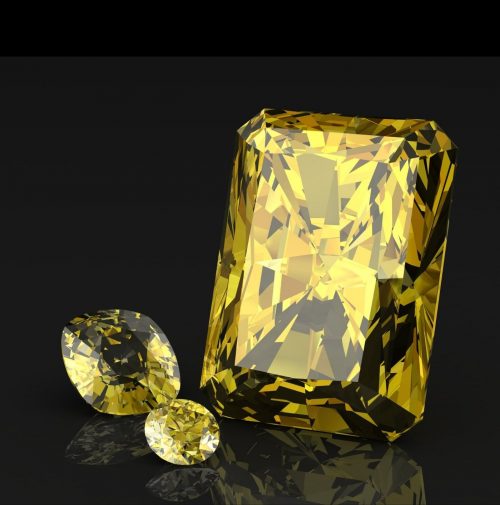
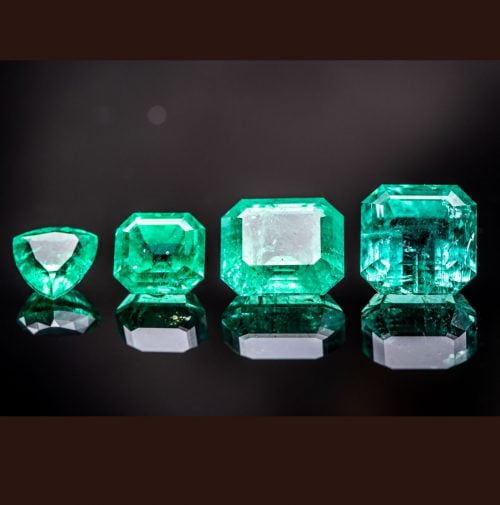

Connect me